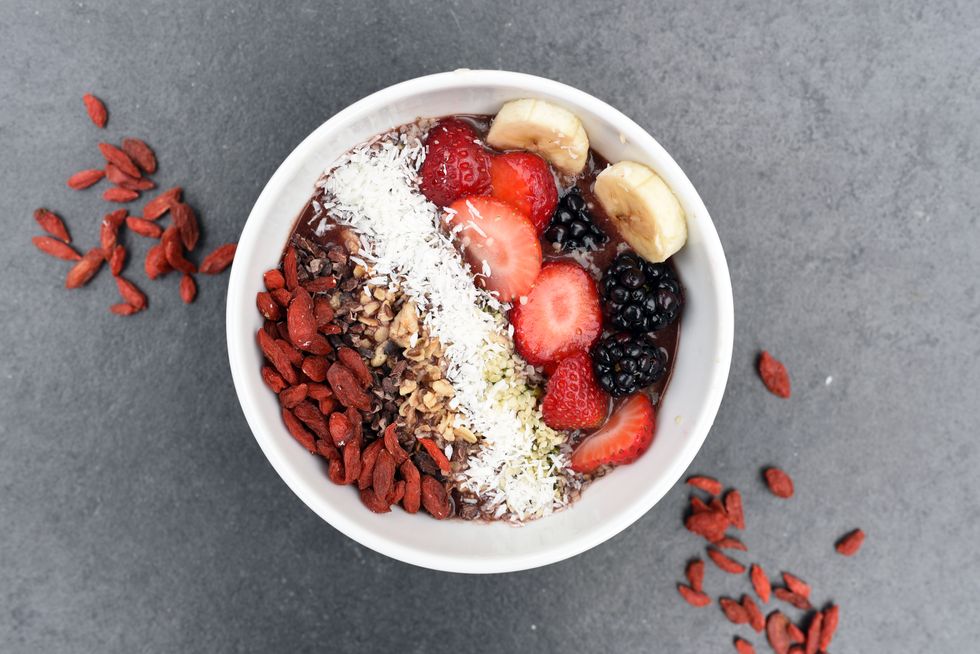If the basis of yoga is to nourish the mind, body and soul, then the same could be said for many other things. One of the most traditional, international ways to do this is with food. People use food to bring family and friends together, and they use it to share joy, warmth and companionship. While the food does help your body, all the rest is part of the mind and, most importantly, soul.
Food yoga is taking that idea and helping to spread it across all your meals, even the ones you eat alone. You also don’t have to wait for special occasions to make it a special event. Food doesn’t have to be just a thing or a break from work. It can represent spots of joy and introspection that are spread throughout the day.
The Theory Behind the Practice
Yoga is more than just a workout. It can be an excellent way to work up a sweat, but it’s supposed to be mentally as well as physically taxing. It’s not touched on as frequently as the asanas, but there are some basic yogic principals that the practice is to embody. These include a variety of deceptively simple ideals that are not dissimilar to the Ten Commandments of Christianity. They are called the Yamas and Niyamas.
The first five Yamas are simple. They instruct you do things like avoiding stealing, violence and greed, along with telling the truth and not going into excess. These are relatively straightforward when applied to your food. Of course, it’s always hard not to be greedy or overindulge, but they are at least simple to grasp.
The second five Niyamas are what can make yoga so mentally tiring. These are internal struggles, battle lines you draw within your heart and soul instead of on your plate. These five include self-discipline, inner exploration, contentment, purity and surrender to a higher power. These are more difficult to apply to a plate of food, so how do you do it?
Making Mealtime Mindful
The first and simplest step is to make yourself aware of what you’re doing as you shop, cook and eat. This is not nearly as simple as it sounds. Our brains are hardwired to tune out daily activities and think about other things. It’s the same as when you’re trying to meditate, but you’re thinking about the emails you have to send or the laundry you have to do.
Staying present and aware of your food choices and eating habits requires a lot of thought. Researching the environmental impact of your food, finding out where it’s grown, avoiding those that are unnecessary and harmful, and making selections that will provide the most nutritious options are part of it. There is no one diet that is better, whether it’s omnivore, vegetarian, vegan or something in between. The idea isn’t to control what you eat because of whatever is popular. Instead, it’s to take care in making sure your choices are as healthy and wholesome for you as they are those they touch.
From Food to Yoga
Food yoga comes down to a few essentials that help meld the Yamas and Niyamas with your plate. The focus is to choose foods based on what effect they have on your body, including sattvic, rajasic and tamasic foods.
Sattvic foods must be eaten soon after cooking and help center the mind and body. Rajasic foods are what others call hyperpalateable foods, or foods that pack a lot of flavor into a small package. These are easy to overindulge in and can lead to weight issues and disordered eating. Donuts, cake and lasagna are good examples. Tamasic foods have less to do with taste and more to do with their composition and are usually heavy, oily foods. These are the ones that leave you feeling overly full and slow after eating.
The point of food yoga is to choose foods that fall into the sattvic category, and limit those that can cause issues like rajasic and tamasic. This means a diet heavy in healthful, nutritious options with fruits, vegetables, nuts and seeds making up the majority of your diet. When done correctly, with care taken in the selection of items and thoughtfulness dedicated to eating the meal itself, you can completely transform the way you eat.
Like all things in yoga, a change like this takes time. You may find you only reduce your consumption of animal products, or that you stop eating them altogether. Your personal journey with food will be different from anyone else’s. The most important step is to use food as a way to encourage your health both physically and mentally.
















